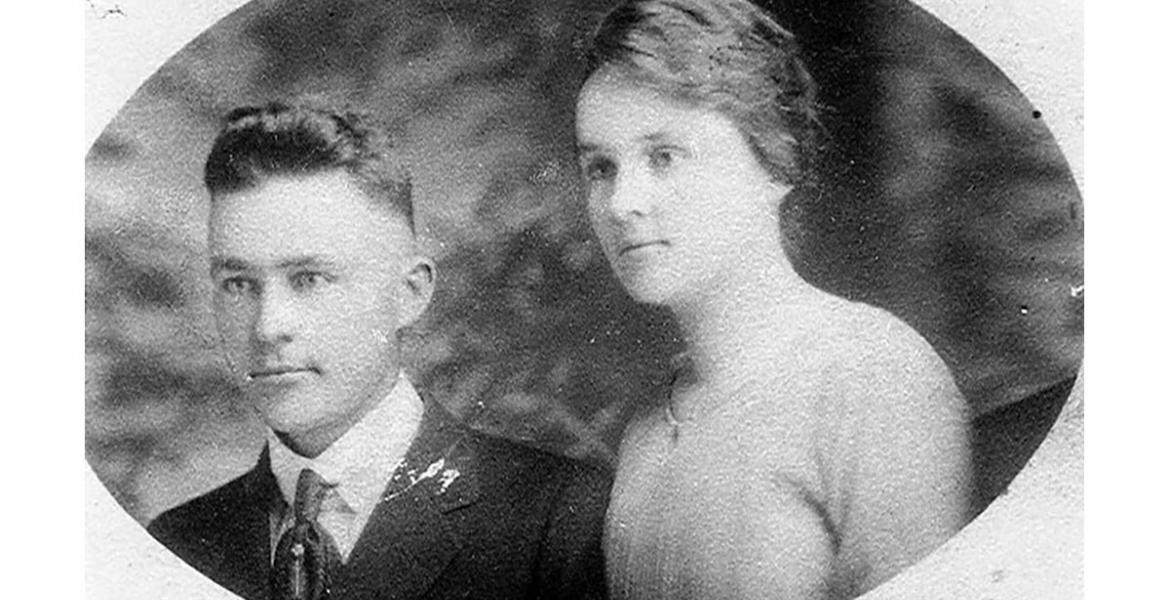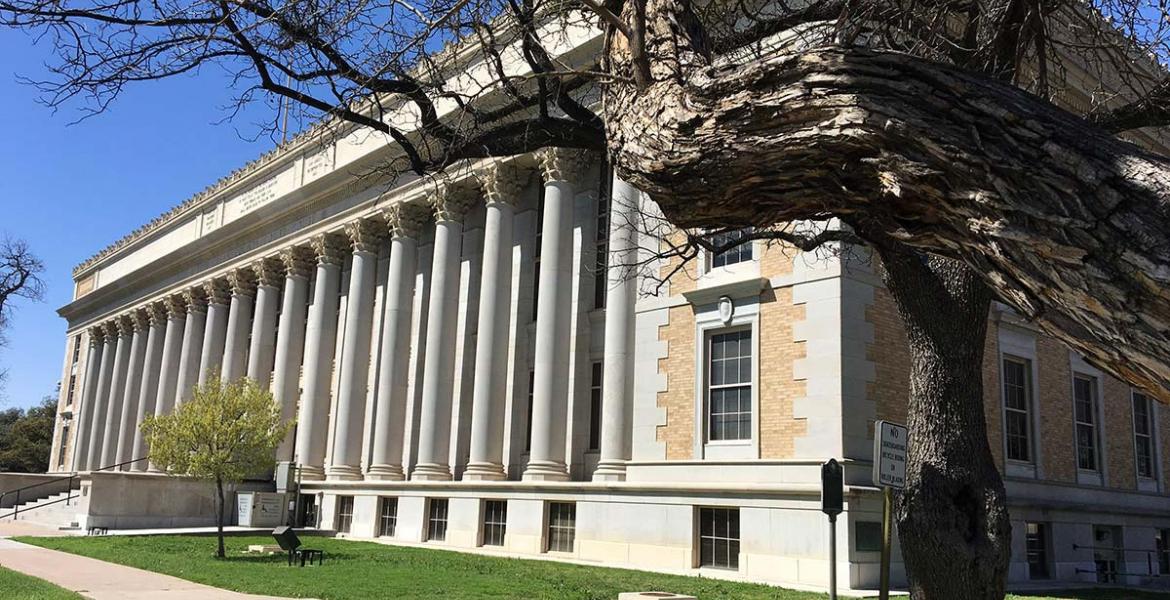OPINION—I thought I was driving through a time warp on the way to the office this morning. My phone said it was 7:30 a.m. but the clock in my car said it was 6:30 a.m. It was dark and there was little traffic.
Then I got to the school zone at Crockett Elementary School on Johnson St. and the flashing lights weren’t flashing and there weren’t any cars in the Angelo State University parking lots. What was going on?
I finally realized that daylight saving time hit at 2 a.m. Sunday morning robbing me of an hour of sleep and spring break began Monday altering traffic patterns across the city. And my cell phone magically knew what time it was while the clock in my car was still waiting on me to manually reset it.
Who’s in charge if this time warp mess? Give us at least a week between daylight saving time and spring break. Or better yet, now that we’re in daylight saving time, just leave it there. All the reasons for shifting time twice a year don’t hold water in a 24/7 news cycle with instant communication and an economy that moved beyond agriculture a century ago.
Oh yeah; Congress is in charge. That explains it. This kind of lets-take-an-hour-off-the-end-of-the-day-and-add-it-to-the-beginning-of-the-day makes perfect sense coming out of Washington. And where is the backbone of the Texas legislature? Can’t Texas join Arizona in opting out of this meaningless madness? But I digress.
So once again students riding buses to school will wait in the dark for the next nine weeks after spring break. And don’t forget that the first day of Spring is next Tuesday, March 20. Perfect. At least we all have an extra hour of daylight in the evenings for important stuff like Facebook and violent video games and reality TV shows; you know, the important stuff our forefathers envisioned when they decided that shifts in time would benefit society.
Isn’t it time to reexamine the benefits of daylight saving time? Here’s an idea. Let’s create a congressional committee to study the impact of daylight saving time. Maybe they can use the extra hour of daylight to research the positive and negative impacts of daylight saving time and create a report with recommendations by sometime next fall; say 2:00 a.m. Sunday, November 4th. When daylight saving time ends.
Subscribe to the LIVE! Daily
Required






Post a comment to this article here: